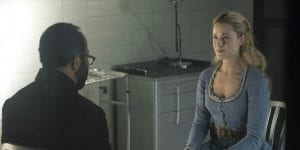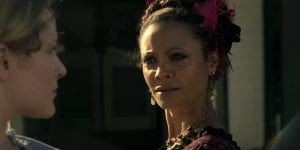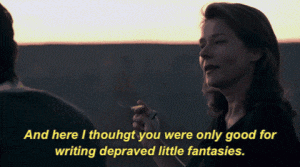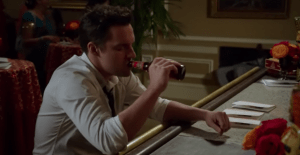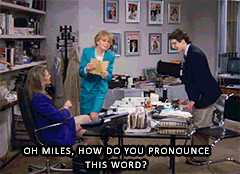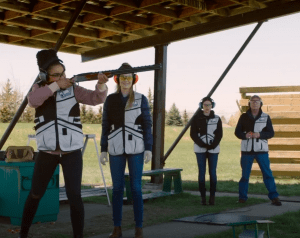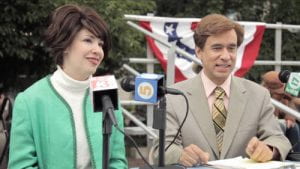For this blog post I chose to discuss the theme of season 1 episode 2 – Home Sweet Home-School. This episode focuses heavily on family values versus personal wants and needs.
To begin with, here is a quick summary of the episode. It begins with Jessica Huang being disappointed that her son, Eddie, got straight A’s because school is too easy. Evan is annoyed with Jessica because she is too commanding at the restaurant so he sends her to tutor the boys afterschool for more stimulating work. Eddie is annoyed by this because he wants the free time to play outside like the American boys. While Jessica is gone, Evan bonds with restaurant employees and makes the restaurant a more joyful environment. Eventually, Eddie discovers what his dad has done, and helps his mom Jessica catch him, so she moves the studies to the restaurant. A few boys dine and dash on the restaurant which would not have happened had Jessica taken care of it instead of Evan. When a few of the workers offer to pay for the meal themselves, Jessica realizes that the restaurant is benefiting from spending money to foster a better environment. She tracks down the boys who dined and dashed and forces them to apologize to Evan to restore his faith in the goodness of people. She also gives the boys the afternoon off from their studies in order to play basketball with their dad.
Throughout this episode, every character learns a lesson. Jessica learns that relationship growth and happiness are also worth time and money. She begins to change her actions at the end of the episode. By giving Eddie free time and forcing the boys to apologize to Evan, she shows how her perspective and values have shifted.
Eddie learns a similar lesson, while playing basketball with his dad and siblings. While he plays, one of the neighborhood boys approaches him and is jealous that his family pays attention to him. His dad was playing basketball with him and that shows how much his dad cares. He then finally understands how much his mom cares. All together the family realizes the importance of prioritizing each other’s needs and recognizes that they show their care in untraditional ways. They don’t say “I love you” but they show it.
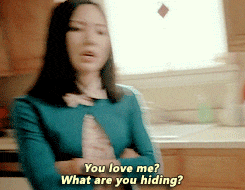
The Huang family does not say they love each other unless they are hiding something. They show their love in different ways.
This connects to the rest of the show by proving that the Huang family doesn’t have to conform to look and act like those around it. All the other families don’t spend as much time together or don’t care about grades that much, because the members of the family don’t care about each other that much. The Huang family can be unique and independent and has nothing to envy from other families.
This is what the show is trying to portray to the audience. All families or individuals are special in their own way and being different from those around you isn’t necessarily a bad thing. All families and individuals are unique and awesome in their own way!





